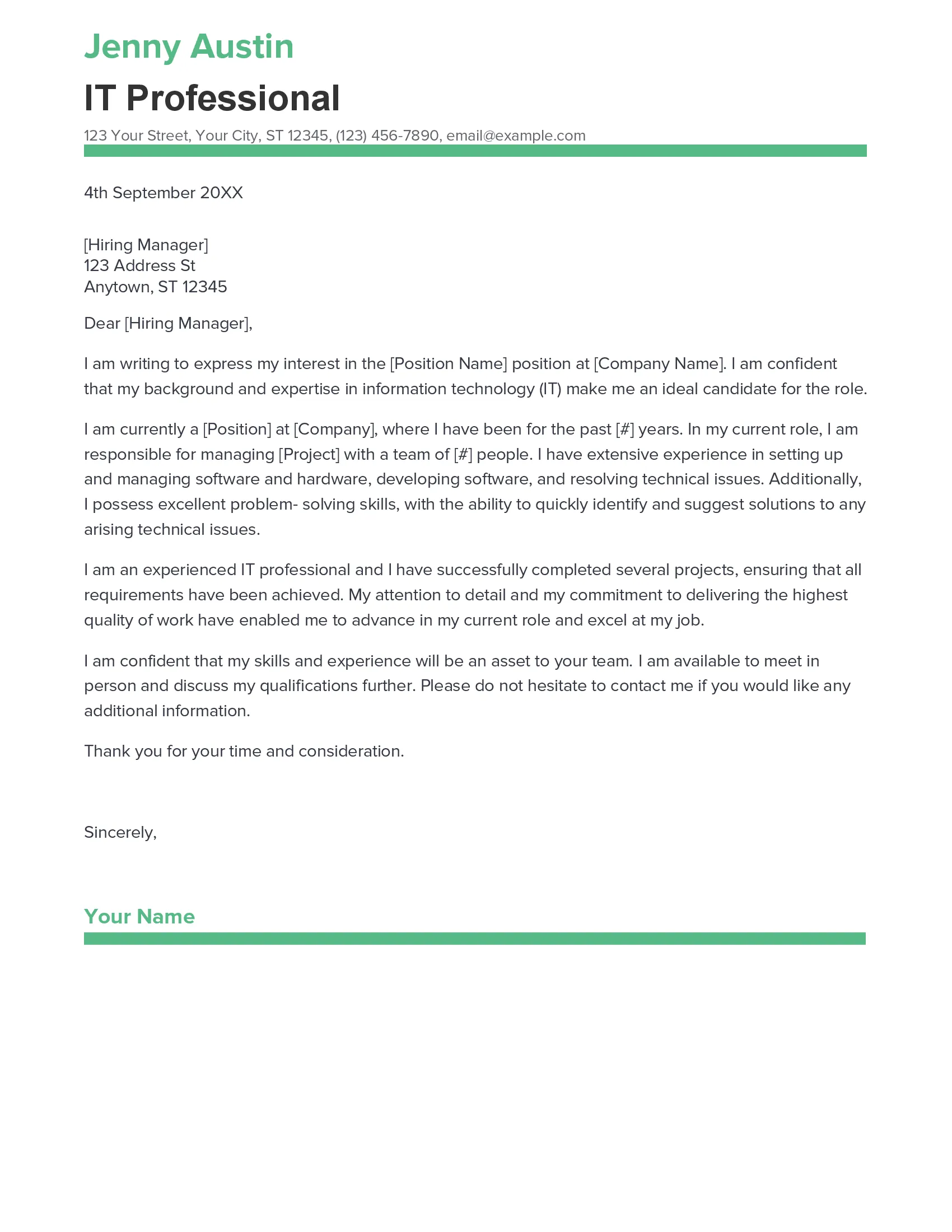Why an IT Professional Cover Letter is Essential
In the competitive landscape of the IT industry, a well-crafted cover letter can be the difference between landing your dream job and being overlooked. A cover letter serves as your first impression, providing an opportunity to showcase your personality, passion, and qualifications beyond what is listed on your resume. It allows you to personalize your application, demonstrating to the hiring manager why you are the ideal candidate. While your resume presents a summary of your skills and experience, the cover letter offers a narrative, giving you the space to connect with the reader on a more personal level and highlight how your unique background aligns with the specific requirements of the role and the company’s values. Ignoring this critical document could mean missing out on the chance to demonstrate your enthusiasm and making your application more compelling.
Highlighting Your IT Skills and Experience
Your cover letter is a prime opportunity to shine a light on your relevant IT skills and experience. This is where you translate your resume’s bullet points into a compelling story, using specific examples to prove your capabilities. Go beyond simply listing your skills; provide context. Describe how you’ve used your technical skills to solve problems, improve efficiency, or contribute to a successful project. Quantify your achievements whenever possible, such as by mentioning the percentage of system uptime you maintained or the number of users you supported. Showcasing your past successes will help the hiring manager visualize how you could contribute to their team’s goals. This section allows you to emphasize your alignment with the job description and company needs.
Technical Skills for IT Professionals
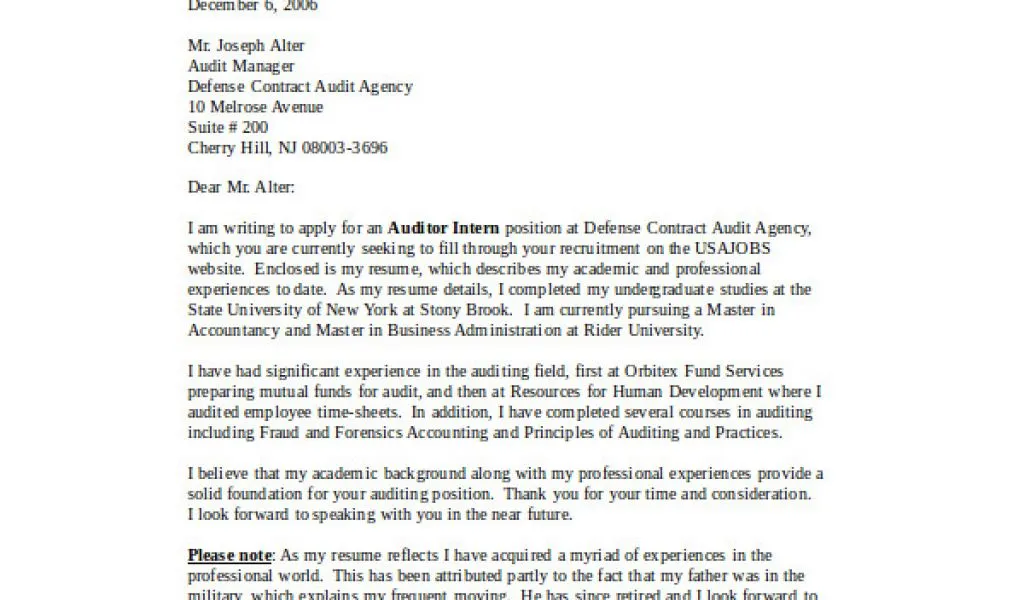
Within your cover letter, focus on the technical skills that align with the job description. These might include expertise in areas such as network administration, cybersecurity, cloud computing, software development, or database management. Tailor your language to match the terminology used by the employer. For instance, if the job requires experience with specific programming languages, operating systems, or hardware, be sure to mention your proficiency. Provide details about your hands-on experience with these technologies, demonstrating not just knowledge but the ability to apply them practically. Briefly describe projects or scenarios where you successfully utilized these technical skills to achieve positive outcomes and remember to keep it concise.
Soft Skills for IT Professionals
While technical skills are essential, don’t overlook the importance of soft skills in your cover letter. IT professionals need to be effective communicators, problem-solvers, and team players. Highlight your ability to work collaboratively, manage projects, and explain complex technical concepts in an accessible manner. Mention instances where you successfully resolved conflicts, mentored junior team members, or took the initiative to improve processes. Showing that you possess strong soft skills alongside your technical expertise demonstrates that you are a well-rounded professional, capable of integrating seamlessly into a team environment and contributing beyond simply technical tasks. Focus on qualities like adaptability, critical thinking, and your ability to learn and adapt to change.
Tailoring Your Cover Letter to the Job
A generic cover letter will likely end up in the digital trash. Customize each cover letter to match the specific requirements of the job and the values of the company. Begin by carefully reviewing the job description, identifying the key skills, experience, and qualifications the employer seeks. Then, weave those requirements into your cover letter, providing specific examples from your background that illustrate how you meet those needs. Show that you have not only read the job description but that you understand what the company is looking for and can deliver those results. This attention to detail proves your genuine interest in the role and that you are willing to invest the effort to provide a compelling application.
Researching the Company
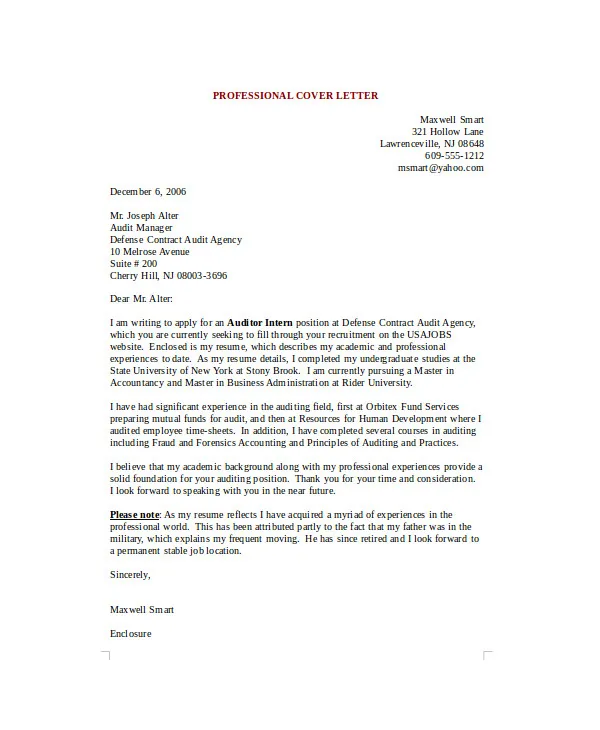
Before you start writing, research the company and learn about its mission, values, and recent achievements. This information allows you to tailor your cover letter to show that you understand the company’s goals and culture. Demonstrate that you are not just applying for a job but are genuinely interested in being a part of their team. Mention specific projects, initiatives, or values that resonate with you, and explain how your skills and experience can contribute to their success. This level of personalization demonstrates your initiative and shows that you are serious about the opportunity and helps you make a connection with the hiring manager. Visit their website, social media, and other platforms to gather as much information as possible to highlight your interest.
Matching Skills to Job Requirements
The most successful cover letters directly address the job’s requirements. Carefully review the job description and identify the key skills, qualifications, and experience the employer seeks. Then, highlight your relevant experiences and skills in your cover letter, providing specific examples that demonstrate your ability to meet those requirements. If the job posting emphasizes experience with a particular software or technology, make sure to showcase your proficiency in that area. Quantify your achievements whenever possible, for example, by mentioning the percentage of projects completed on time or cost savings you achieved. This focused approach allows the hiring manager to quickly see how your skills align with the needs of the role.
Structuring Your IT Professional Cover Letter
A well-structured cover letter is easy to read and keeps the reader engaged. Your cover letter should follow a clear format, including a header with your contact information, a professional greeting, a compelling body, and a strong closing. Use concise language and break up the text into short paragraphs to make it easy to scan. Ensure proper grammar and spelling throughout your letter. Use bullet points to highlight key skills and achievements where appropriate to make your letter visually appealing. A good structure makes your points easy to understand and helps the hiring manager quickly assess your qualifications, thus increasing your chances of getting noticed.
Header and Contact Information

Your header should include your full name, contact information (phone number, email address, and LinkedIn profile URL), and the date. Make sure your contact information is current and professional. It is helpful to list the job title and the company you are applying to within the header for easy reference by the hiring manager. Your header should be at the top of the document and clearly formatted, making it easy for the recruiter to contact you. Always verify that your email address and phone number are correct to avoid any missed opportunities.
Professional Greeting
Address your cover letter to the hiring manager by name if possible. This shows that you have done your research and have taken the initiative to personalize your application. If you cannot find the hiring manager’s name, use a professional greeting, such as “Dear Hiring Manager.” Avoid generic greetings like “To Whom It May Concern.” This personalization immediately makes your application stand out. It shows that you have taken the time to find out who you are addressing and that you have made an effort to connect with the company at a more personal level.
Writing the Body of Your Cover Letter
The body of your cover letter is the heart of your application. This section is where you tell your story and make your case for why you’re the ideal candidate. The body should be divided into paragraphs that focus on different aspects of your qualifications. Use the opportunity to showcase your skills, experience, and your understanding of the role and company. Use clear, concise language, and make sure your writing style is professional and engaging. Structure your paragraphs to logically support your claims and ensure they connect to the job requirements. This is where you persuade the hiring manager that you are a match for their needs and the team.
Opening Paragraph (Grab Attention)
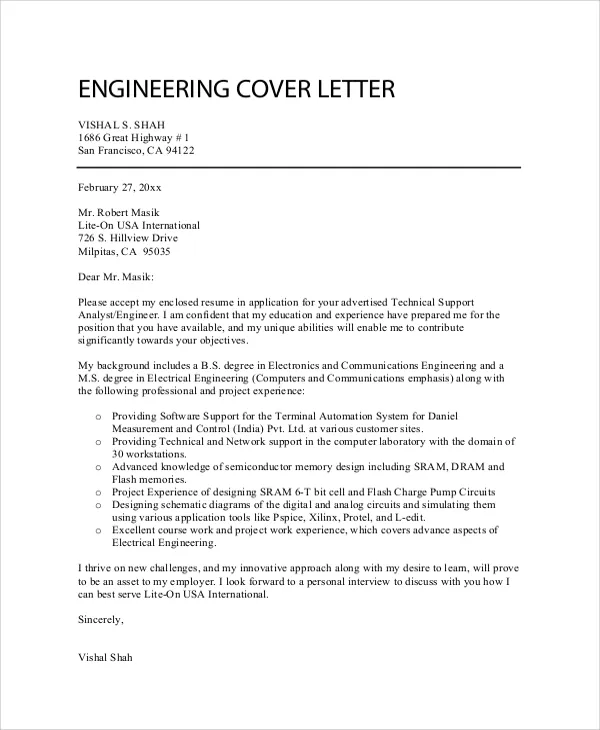
Your opening paragraph should immediately grab the reader’s attention. Start with a strong statement about your interest in the position and the company. Briefly mention how your skills align with the job requirements. This is your first chance to make a great impression, so make it count. The goal is to hook the reader, making them want to read more. Avoid generic openings; instead, try a personalized statement or a brief anecdote that demonstrates your interest in the role and showcases your passion. Your opening sets the tone for the rest of your cover letter and determines whether the hiring manager will continue reading.
Middle Paragraphs (Highlight Achievements)
Use the middle paragraphs to provide specific examples of your achievements and how they align with the job requirements. This is where you demonstrate how your skills and experience have helped you succeed in past roles. Focus on accomplishments that are relevant to the position, and quantify your achievements whenever possible. Use the STAR method (Situation, Task, Action, Result) to provide context and show your problem-solving skills. Provide information to demonstrate your impact. The goal is to clearly show the hiring manager that you can make a difference in their team and company.
Closing Paragraph (Call to Action)
End your cover letter with a strong closing paragraph that reiterates your interest in the role and includes a call to action. Thank the hiring manager for their time and consideration. Reiterate your enthusiasm for the opportunity. Express your desire for an interview and make it easy for them to contact you. This should be a brief statement that summarizes your main points and reinforces your qualifications. A strong closing paragraph leaves a lasting impression and encourages the hiring manager to take the next step in the hiring process.
Proofreading and Editing Your Cover Letter

Before submitting your cover letter, proofread and edit it carefully. Check for any grammatical errors, typos, and formatting issues. These small mistakes can undermine your credibility and make it seem like you are not detail-oriented. Read your cover letter multiple times, and if possible, have a friend, colleague, or mentor review it as well. They might catch errors that you missed. A polished cover letter shows that you are professional and pay attention to detail, increasing your chances of making a positive first impression. Thorough proofreading ensures that your cover letter is free of errors and presents you in the best possible light.
Common Cover Letter Mistakes to Avoid
Avoid common cover letter mistakes that can hurt your chances of getting hired. Don’t use generic language or simply restate your resume. Do not use clichés or overused phrases. Avoid being too casual or overly familiar in your tone. Steer clear of negative language. Do not include information that is irrelevant to the job. Be clear, concise, and professional in your writing. Avoid excessive jargon or technical terms that the hiring manager may not understand. These mistakes can make your cover letter less effective and give the impression that you are not serious about the opportunity.
Formatting Your Cover Letter Professionally
Format your cover letter professionally to make it easy to read. Use a clean font like Arial, Times New Roman, or Calibri in a standard size (10-12 points). Use single spacing and left-justified text, with a one-inch margin on all sides. Use clear headings and bullet points to break up the text and make it visually appealing. Ensure that your cover letter is the correct size and fits on one page, if possible. A well-formatted cover letter demonstrates your attention to detail and professionalism, making a positive impression on the hiring manager. Make sure it aligns with your resume for a consistent look and feel.
Submitting Your Cover Letter
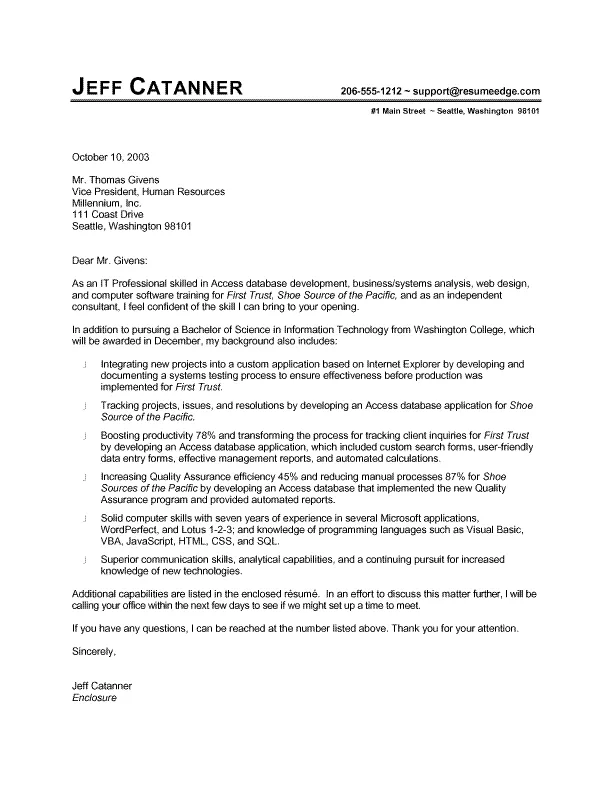
When submitting your cover letter, always follow the instructions provided in the job posting. If the job description specifies a particular file format (such as PDF), make sure to use that format. Save your cover letter with a professional file name, such as “Your Name_Cover Letter_Job Title.” Double-check that you are sending your cover letter to the correct email address and that you are attaching it properly. Submitting your cover letter in the correct format shows your attention to detail and that you can follow instructions. Your attention to detail in the application process sets the stage for a positive impression.
In conclusion, crafting a compelling IT professional cover letter is a critical step in your job search. By highlighting your skills, tailoring your letter to each job, and following best practices, you can significantly increase your chances of landing an interview and getting hired. Remember to proofread carefully, format professionally, and always follow the employer’s instructions. A well-written cover letter is your chance to shine and make a memorable first impression.
